The Vietur consortium led by IC Ictas has experience building 7 airports, while Mr. Nguyen Ba Duong's group mainly builds houses.
In early August, Vietnam Airports Corporation (ACV) - the investor of Long Thanh airport project - announced that Vietur Joint Venture met the technical requirements for the construction and installation package of passenger terminal equipment (package 5.10 worth 35,000 billion VND).
The Vietur consortium consists of 10 companies, led by IC Ictas Construction Industry and Trade Group under IC Holding. This is one of Türkiye's leading construction contractors, operating since 1969. The company is also involved in the fields of energy, tourism, airport and port management, industry and infrastructure, and healthcare with more than 30 subsidiaries. Despite being in business for more than 50 years, IC Holding or IC Ictas has not yet been publicly listed.
According to data from Emis - a data research platform in 197 countries around the world, in the period 2018-2020, IC Ictas's revenue increased continuously at a double-digit rate every year. However, this business is still not profitable as its net profit is still negative by billions of lira. In 2020, the group announced a revenue of about 17 billion lira, 25% of which came from foreign construction contracts in Russia, Saudi Arabia, the Middle East and Central Asia.
IC Ictas has experience in constructing passenger terminals, aircraft parking lots, taxiways and terminal auxiliary works. The company has participated in projects such as Pulkovo International Airport in St. Petersburg (Russia), King Khaled Airport in Riyadh (Saudi Arabia) and Varna Burgas Airport in Bulgaria. Pulkovo Airport, after the construction of a new terminal, the North Gallery and the renovated Pulkovo Terminal 1, has become one of the largest airports in Russia. However, all three airports have lower capacities than Long Thanh Airport. Pulkovo Airport can accommodate 17 million passengers, King Khaled Airport has a capacity of 12 million people and Varna Burgas Airport about 3 million, lower than the 25 million passengers in phase 1 of Long Thanh.
At home, IC Ictas is involved in the construction and renovation of Antalya, Zafer, Adnan Menderes and Ordu Giresun airports. Antalya is the third largest airport in southwestern Türkiye - the area bordering the Mediterranean Sea. With its favorable geographical location, Antalya welcomes more than 31 million passengers, becoming the second busiest airport in the country. The above capacity is higher than the design of Long Thanh airport phase 1.
But in this project, earlier this year, Mr. Ibrahim Cecen - Chairman of IC Holding, was accused by the Turkish People's Liberation Party (HKP) of participating in a bribery and corruption scheme to win the bid. The party said that IC Holding initially prepared to bid up to 5 billion USD for Antalya airport, but their application was rejected due to missing some documents. In the end, IC Holding still won the bid for 3 billion USD thanks to bribing President Recep Tayyip Erdoğan with 1 billion USD. However, the HKP's accusations were not based on specific evidence and were based only on the story of a person close to the president.
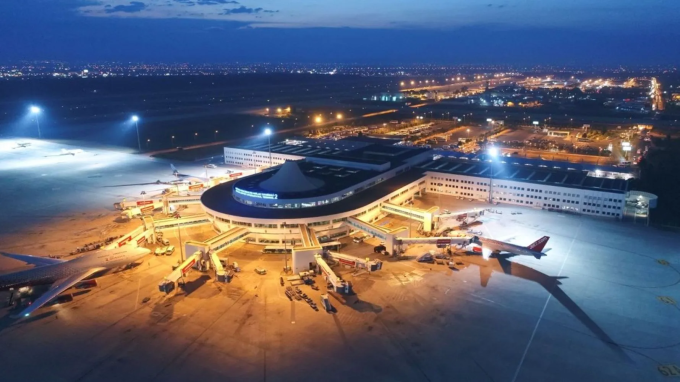
Antalya Airport Terminal (Turkey) built by IC Holding. Photo: RailyNews
In addition to IC Holding, the remaining units in the Vietur Joint Venture are all domestic enterprises including Ricons, Newtecons, Sol E&C, Construction Corporation No. 1, ATAD, Vinaconex, Phuc Hung Holdings, Hawee Electromechanical and Hanoi Construction Corporation. Of which, Ricons, Newtecons and Sol E&C are three enterprises in Mr. Nguyen Ba Duong's ecosystem.
Ricons has been operating for nearly 20 years, mainly in the field of construction and electromechanical engineering. In the 2010s, this enterprise belonged to Mr. Nguyen Ba Duong's construction ecosystem with Coteccons as the leading brand. At that time, the Ricons logo was often placed next to Coteccons, many projects that Coteccons won the bid for chose Ricons as a subcontractor and vice versa. This "empire" is famous for many large residential real estate projects across the country, the most typical of which is the Landmark 81 building in Ho Chi Minh City.
After the "civil war" that lasted from 2017-2020, Mr. Duong withdrew from Coteccons and established a new ecosystem with Ricons as the leader, along with other businesses such as Newtecons, SOL E&C, BM Windows, Boho Décor, DB. Mr. Duong's new ecosystem continued to receive many large projects. But both before and after the incident, this group of businesses had not participated in the construction of any projects in the aviation sector.
Regarding business performance, in the period 2013-2018, Ricons’ revenue and profit increased continuously and reached a peak profit of over 430 billion VND. After that, business results tended to decline. Last year, revenue recovered but profit was still below the hundred billion mark.
Previously, Ricons and Mr. Duong's entire old ecosystem (including Coteccons) were often known as "a construction empire that says no to debt". However, business results in recent years have fluctuated. This enterprise has also begun to seek financial leverage, contributing to the total liabilities often being twice as high as equity. The bright spot is that debt accounts for a not too high proportion of total liabilities compared to other enterprises in the industry.
In addition to Ricons, Vietur Joint Venture also has the participation of Vinaconex (VCG) - a big name in the field of public investment project construction. The company was formerly a state-owned enterprise operating since 1988. By the end of 2018, Viettel and SCIC had fully divested. The company focuses on the field of construction and real estate business.
Vinaconex has experience in airport construction through the Noi Bai T2 terminal project, Phu Bai airport, Cam Ranh airport... In addition, the company is also participating in a joint venture bidding for the Tan Son Nhat T3 terminal construction package with a value of 9,000 billion VND. Particularly at the Long Thanh airport project, Vinaconex and five other contractors previously won package 4.6 - construction, equipment installation and design of construction drawings for runways, taxiways, aircraft parking lots and other works. This package is worth more than 8,100 billion VND, the second largest in the project after the terminal construction package.
Vinaconex has unstable business results but has never recorded negative profits since it announced information in 2004. In the past 10 years, the company's revenue fluctuated strongly around 5,000-11,000 billion VND, the lowest profit was about 370 billion and the highest reached nearly 1,630 billion VND.
In terms of financial situation, VCG's debt has increased almost continuously, at a rate of about 280% in the period 2018-2022. As of the end of June, financial leverage accounted for nearly two-thirds of total liabilities. This forced the company to spend nearly VND2.4 billion per day to pay interest in the first half of this year.
Another member with a state-owned enterprise background in the Vietur Joint Venture is Construction Corporation No. 1 (CC1). The company has participated in many prominent projects such as Nghi Son Refinery, Dung Quat Refinery, Tri An Hydropower Plant, Phu My Thermal Power Plant, Thu Thiem Bridge, Ho Chi Minh City Ben Thanh - Suoi Tien Urban Railway, Da Nang - Quang Ngai Expressway. This enterprise has no experience in airport construction or projects in the aviation sector.
From 2018 to present, CC1's revenue has been around VND5,000-6,000 billion. Meanwhile, after-tax profit has fluctuated more strongly with a peak profit of about VND310 billion in 2021. Operating cash flow has been negative for three consecutive years, mainly due to not being able to collect debts from customers and partners.
CC1 has a large total debt compared to its equity, often 4-5 times higher. Of which, financial leverage accounts for half of the debt. Last year, the company doubled its capital, helping to reduce its debt-to-equity ratio. However, CC1 still had to spend more than VND1 billion to pay interest every day in the first 6 months of this year.
The two remaining listed companies in Vietur are Hanoi Construction Corporation (HAN) and Phuc Hung Holdings Construction Joint Stock Company (PHC). HAN has undertaken the construction of many large public investment projects nationwide, but has not had any projects in the aviation sector. Meanwhile, Phuc Hung Holdings is strong in civil construction with large residential real estate projects. In the infrastructure sector, this company has an aviation-related project, the Tan Son Nhat airport air traffic control tower.
In terms of recent business results, both have had quite modest revenue and profit compared to other members of Vietur. However, HAN has a bright spot in its lower debt-to-equity ratio, with financial debt always kept below 20% of total liabilities. PHC, on the other hand, has been more aggressive in using leverage, with total liabilities often being 3-4 times higher than equity, with financial debt always accounting for more than half.
In addition to construction contractors, Vietur has two enterprises in charge of steel structures: ATAD and Hawee electromechanical. ATAD specializes in providing solutions for design, production and installation of steel structure products for industrial and infrastructure projects. The company has participated in the construction of many airports such as Phu Bai, Cam Ranh, Phu Cat, Phu Quoc, Da Nang and Wattay expansion - the largest airport in Laos.
Hawee is a company specializing in the design, construction and maintenance of mechanical and electrical systems (ME). The company's experience is often in residential real estate projects and office-commercial buildings.
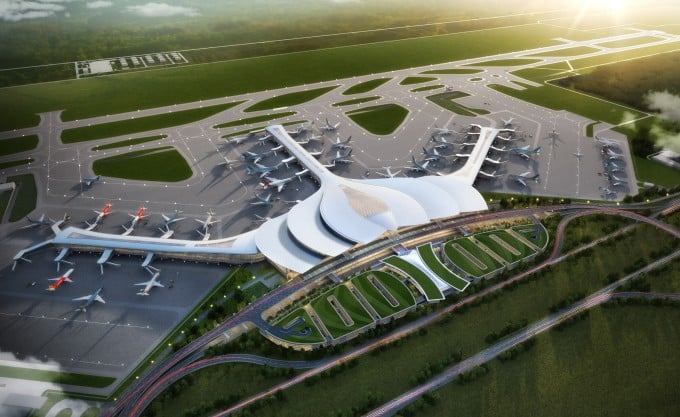
Perspective of Long Thanh airport from above. Photo: ACV
Package 5.10 - construction and installation of passenger terminal equipment with a total value of more than 35,000 billion VND is the largest item of the Long Thanh airport project. The first bidding round had only one contractor participating, the Coteccons - Vinaconex - Centra - Phuc Hung Holdings - REE - Hoa Binh - Hawee consortium. This consortium gathered all domestic enterprises. ACV failed because it did not meet the requirements for experience in implementing similar contracts. The project investor conducted a second bidding round.
In the second time, Coteccons split to form Hoa Lu Joint Venture, including Hoa Binh. Vinaconex and Phuc Hung Holdings joined Vietur Joint Venture.
In August, the Vietur consortium will be evaluated for its financial proposal for the Long Thanh airport terminal construction package. This is the second step in a one-stage, two-envelope bidding process: technical and financial.
In the financial evaluation stage, the investor will open the financial proposal bid. If there are many bidders who make it to the "inner round", the investor will usually choose the bidder with the lowest price. If there is only one bidder, the investor will compare the bid price and the package price. The bidder whose bid price is lower than the package price of the investor will be awarded the bid.
After that, the contractor will negotiate with the investor about the implementation time, payment schedule, site handover time... If the two parties cannot negotiate the terms, the contract cannot be signed, which means the bid package cannot be implemented.
Siddhartha
Source link


![[Photo] Prime Minister Pham Minh Chinh meets with King Philippe of Belgium](https://vstatic.vietnam.vn/vietnam/resource/IMAGE/2025/4/1/be2f9ad3b17843b9b8f8dee6f2d227e7)
![[Photo] President Luong Cuong and King Philippe of Belgium visit Thang Long Imperial Citadel](https://vstatic.vietnam.vn/vietnam/resource/IMAGE/2025/4/1/cb080a6652f84a1291edc3d2ee50f631)
![[Photo] General Secretary To Lam receives King Philippe of Belgium](https://vstatic.vietnam.vn/vietnam/resource/IMAGE/2025/4/1/e5963137a0c9428dabb93bdb34b86d7c)
![[Photo] Close-up of Vietnam's sniffer dog team searching for earthquake victims in Myanmar](https://vstatic.vietnam.vn/vietnam/resource/IMAGE/2025/4/1/d4949a0510ba40af93a15359b5450df2)


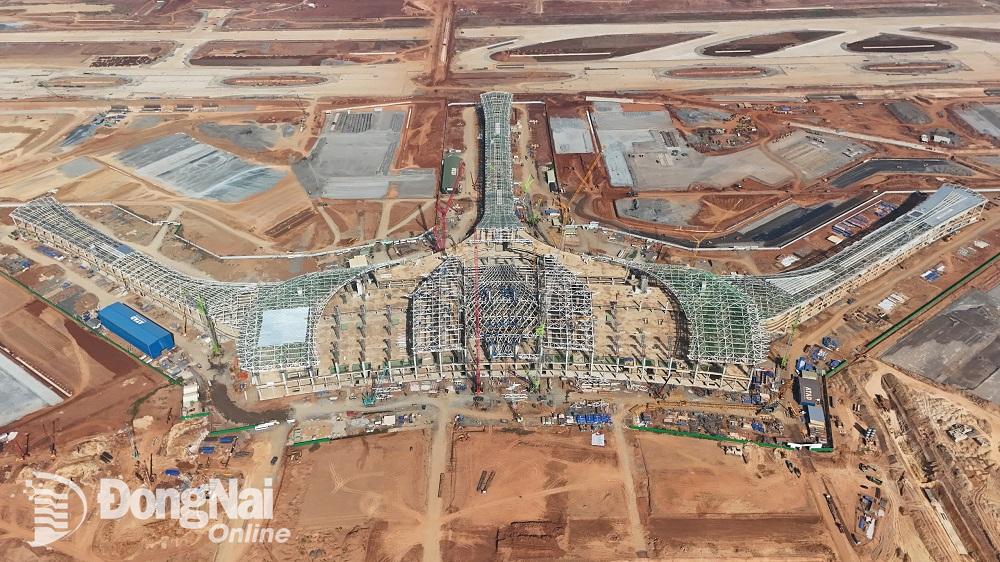





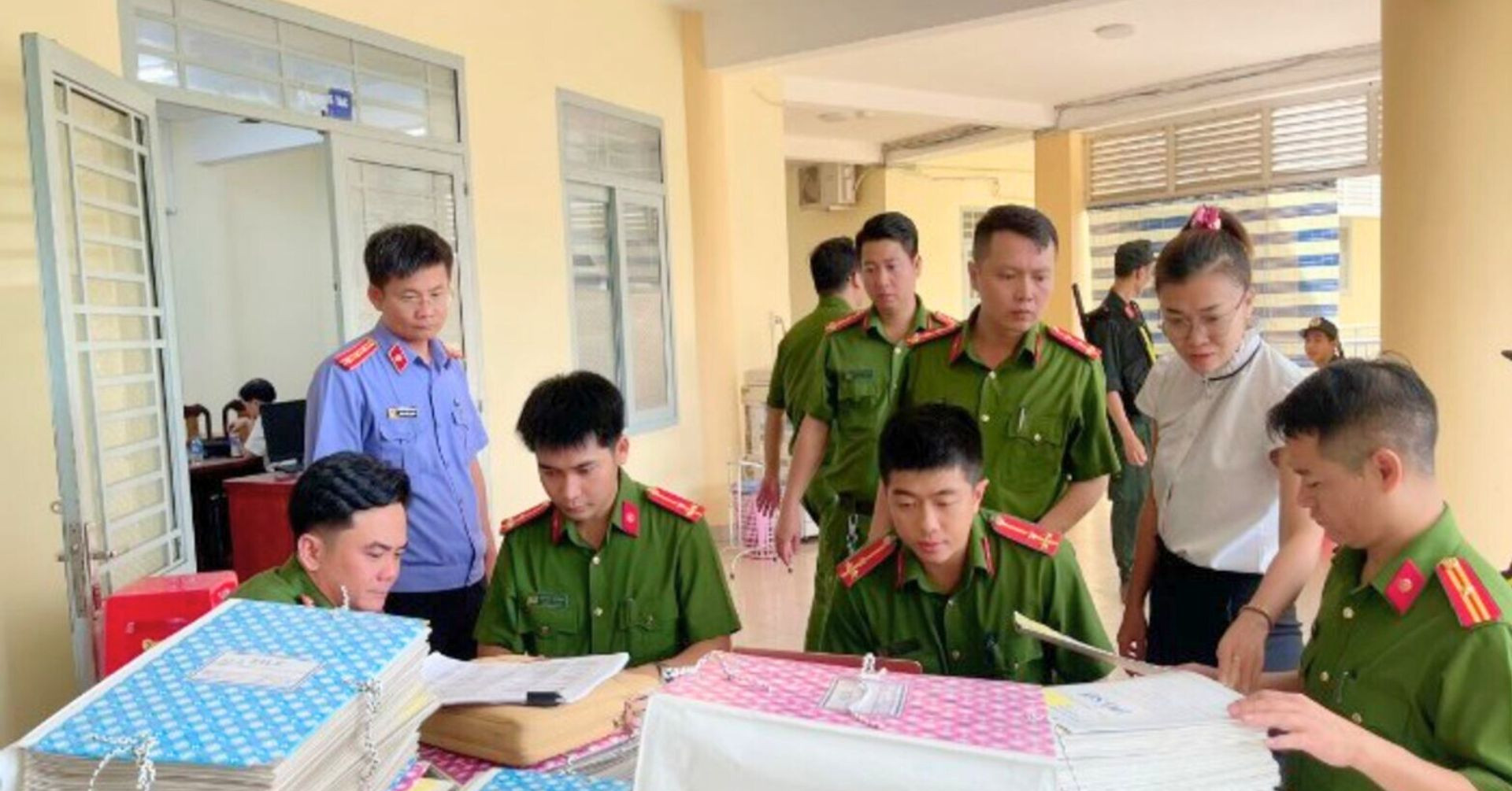

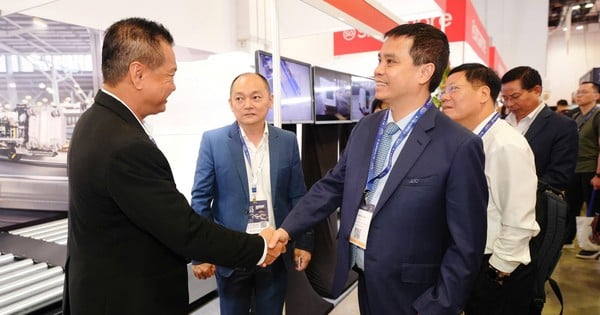
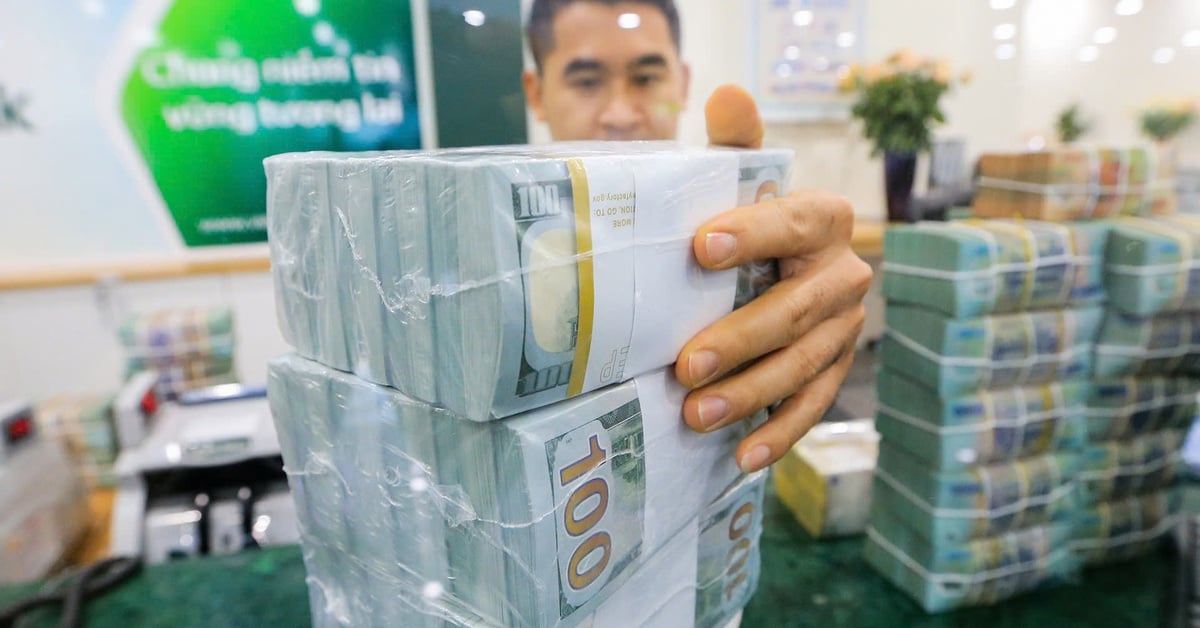

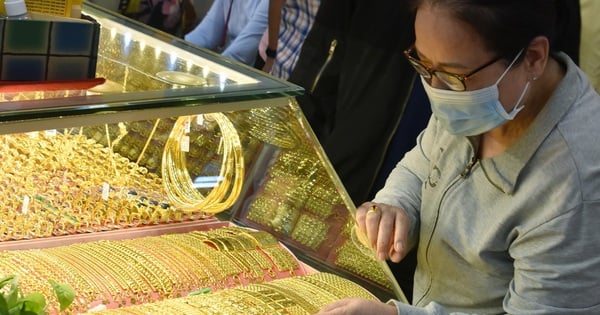
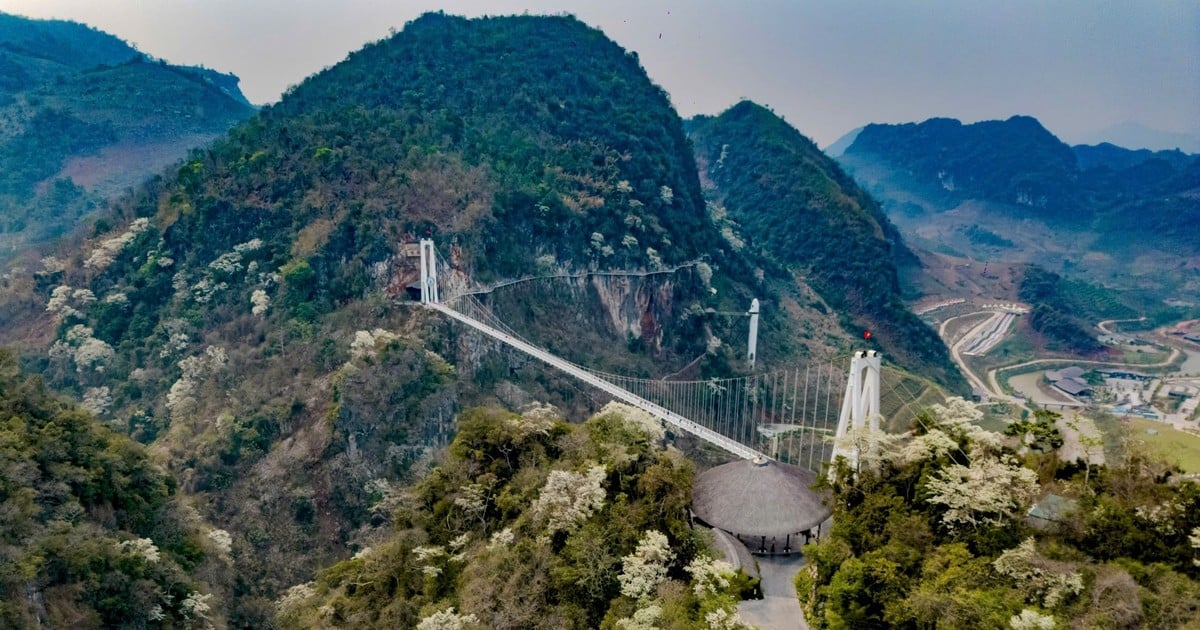
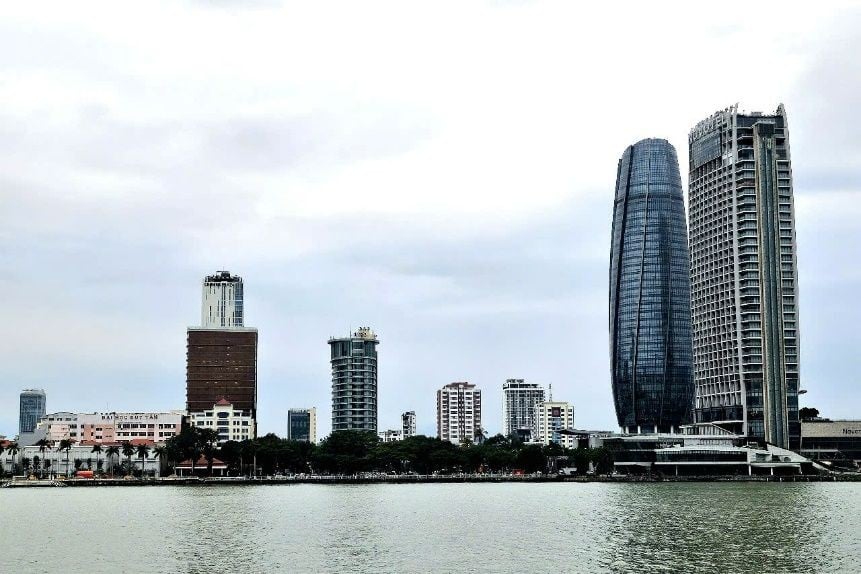

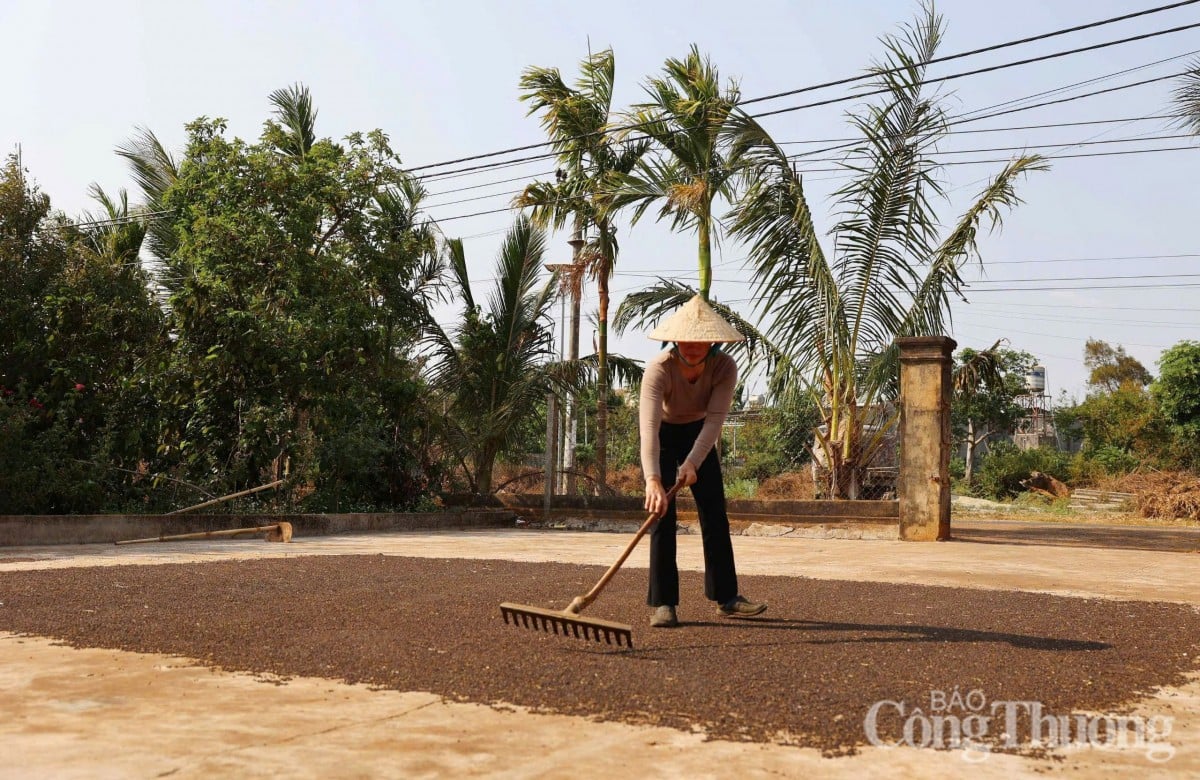
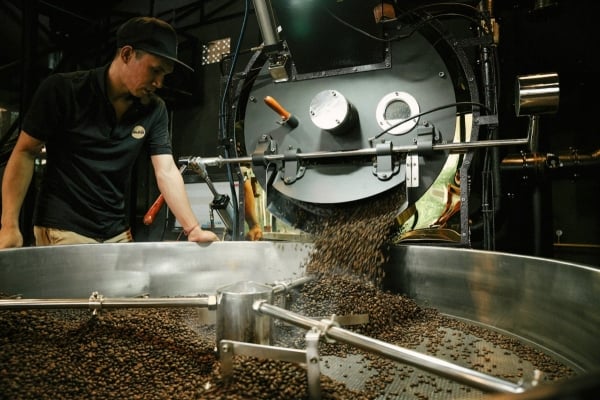











































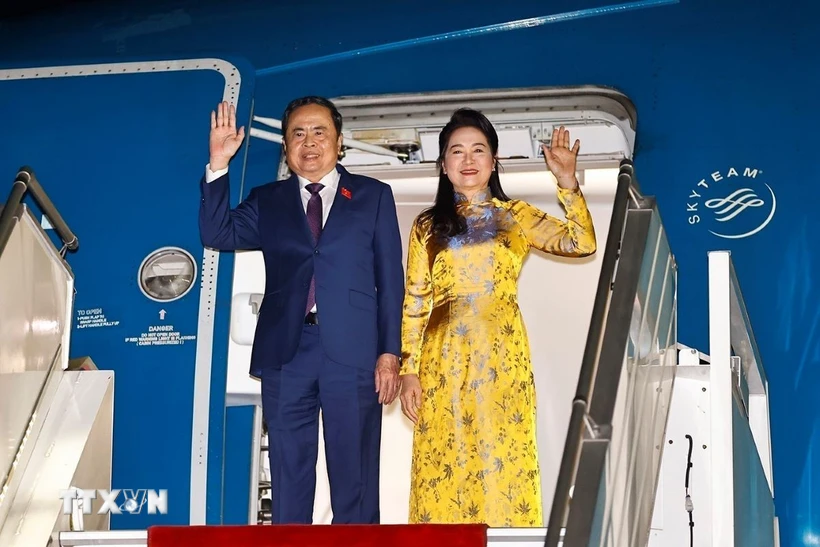






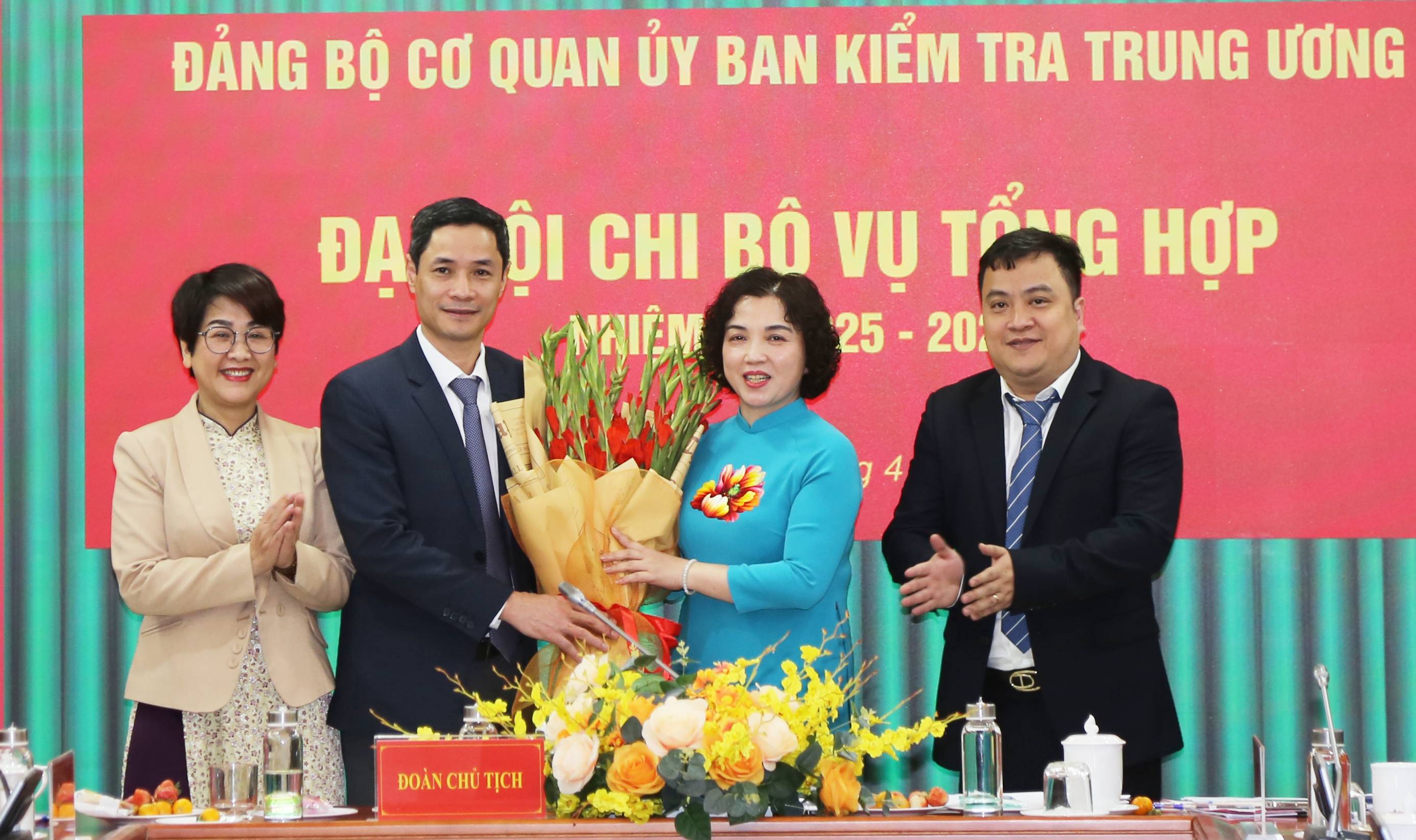





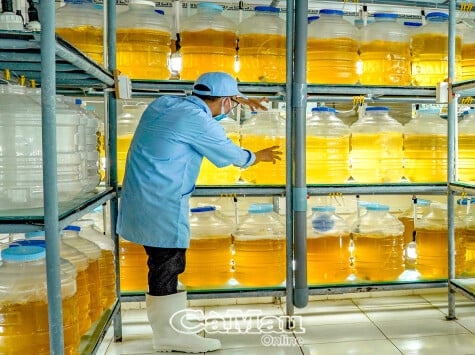



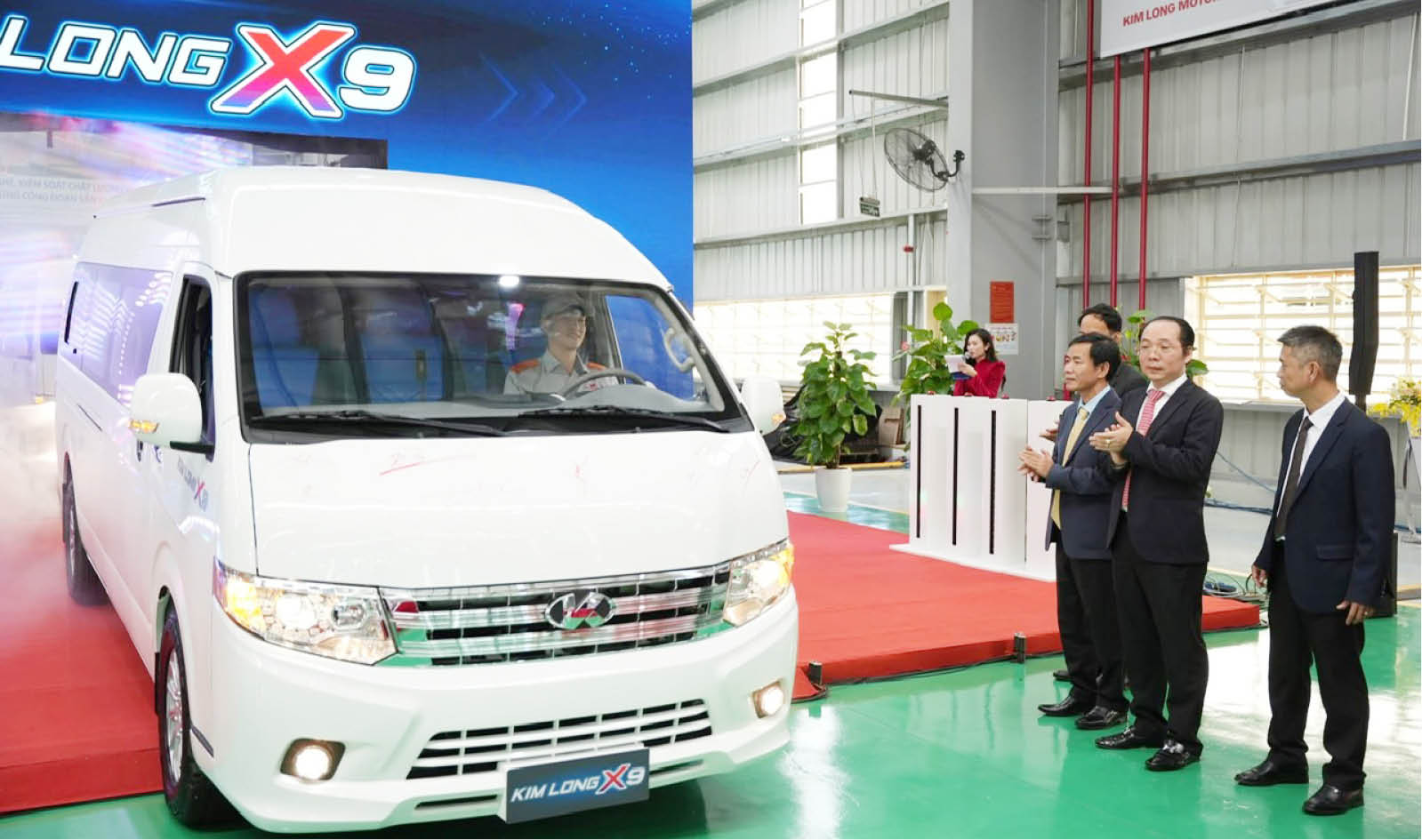















Comment (0)